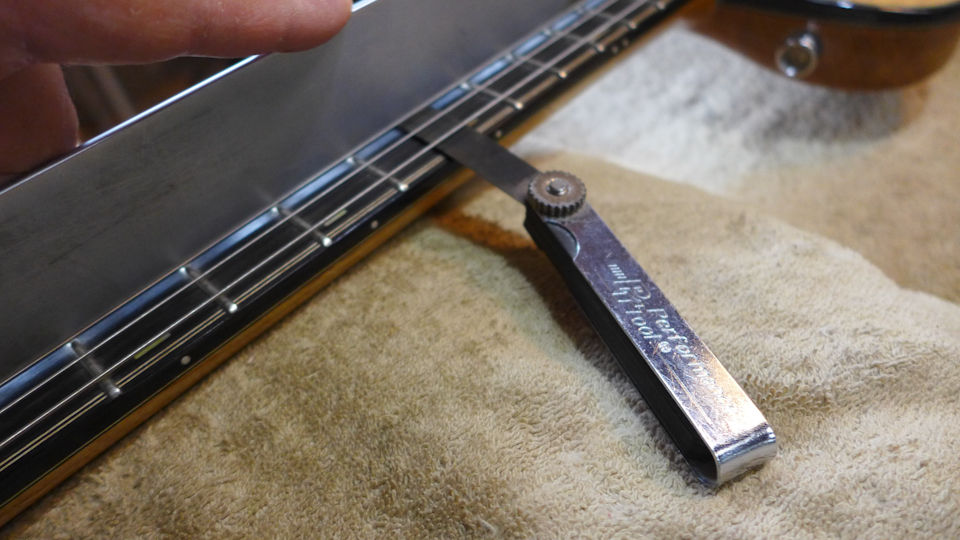Truss rods
- neworleansguitar
- May 27, 2024
- 3 min read
Updated: Jun 23, 2024
Over the last century or so, all kinds of gadgets have been entombed in guitar necks in the hopes of normalizing the bending limb. Everything from old school single action curved rods to titanium beams and carbon fiber pultrusions have been tried in one form or another, all in an effort to attain stability and stiffness. Much of this was done to address unreliable grain alignment during manufacture or to compensate for fashionably thin neck carves. For most applications on guitar scaled instruments, anything more than a simple two way rod is overkill in my book.
As for my guitar necks, I use a two way rod.
It's a simple enough concept, left handed threads on one side of a static beam, right handed on the other. Upon rotation, you are either stretching or compressing the neck in relation to the strings.

I use a two way rod simply because it allows me to simulate string tension prior to leveling the frets. The reason this is even a concern is that with the correct fret slot size to get optimum bite as frets are driven into a trued board, that compression forces the neck into a slight back bow. A one way rod does not allow for this to be corrected prior to cutting a clean playing surface across the tops of the newly driven frets. With a two way rod, I can simply dial in just the right amount of tension to attain a level surface before making a fresh cut, consistently coming out with the same result of a perfectly leveled surface, every time.

The orientation of my rod in the neck is such that it elevates the head in the trench so as not to drag upon rotation. I settled on this direction early on even though it lies in direct opposition to what you might be used to, simply because it works best like this. I found I have a more even sweep of pressure being applied in all the right spots.

That entire aside, all you really need to know is that with my truss rods, if you turn the head clockwise, you are adding relief.

A counter clockwise rotation will add back bow to the neck. In between will be a small neutral zone where the rod imparts no force.

Depending on the gauge of strings used, my necks are usually stiff enough so that rarely does the truss rod see more than a quarter rotation past neutral to fall in line with the recommended relief. Any changes at the rod should be made in small increments verifying against a known straightedge.
As with all guitar necks, changes in humidity and temperature will result in minor dimensional shifts as the wood settles in to a new environment. How much that neck is bending is directly related to its intonation. For those with a critical ear, it is imperative to maintain a few specific points of geometry for everything to work properly.
As much as I am a fan of intuitively eyeballing most things, I believe that truss rod adjustments should be critically measured. The only tools needed to do so are a true straightedge of about 15-16" in length for guitars, the appropriate truss rod wrench, and a set of feeler gauges, found at most auto parts supply.
You'll notice how the bulk of a string's oscillation happens around the 12th fret, naturally, however the maximum deflection or bend of a guitar neck usually peaks around the 7th or 8th fret. I have always found that this is the best spot to take a reading for relief. While the amount of relief sounds insignificant, this is all that is required to play properly.
Optimum relief ranges between .005-.007”, measured at the 7th or 8th fret.
Just a slight drag beneath a known straightedge is all that is needed.
.005 will feel faster, less spongy in the middle, but usually requires a lighter touch and flawless fretwork.
.007 is better for heavy handed players or those using heavy vibrato and bent single notes, and is more forgiving of fret wear patterns.
As much as .010" for players that beat on their guitars unnecessarily.

These measurements coincide with an action set at 3/64ths (high e) and 4/64ths,
( low e), gapped at the 12th fret, beneath the strings.





Comments